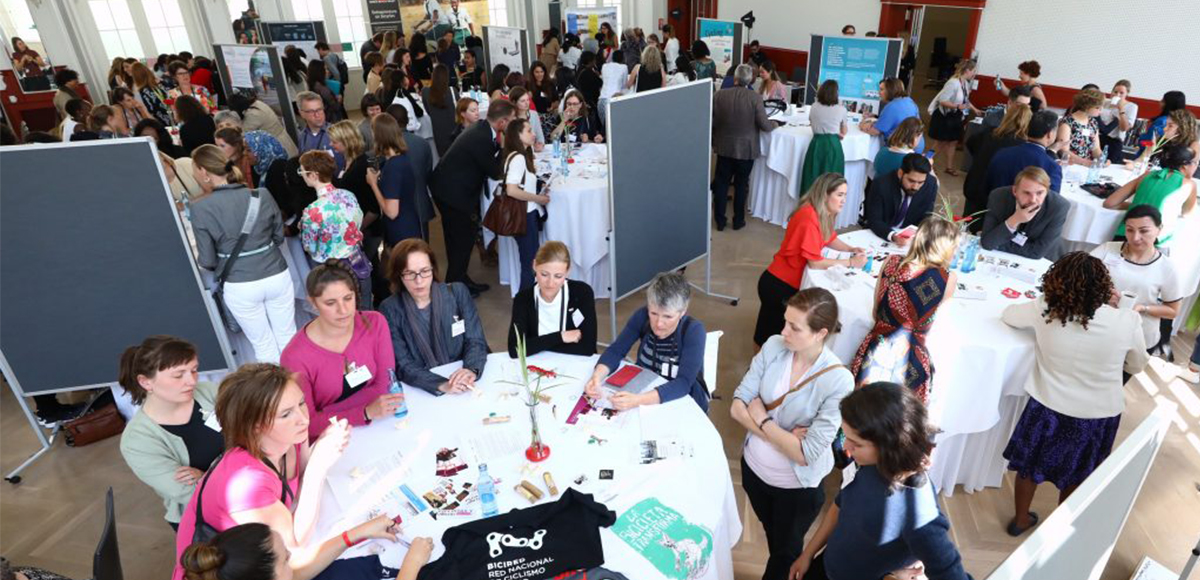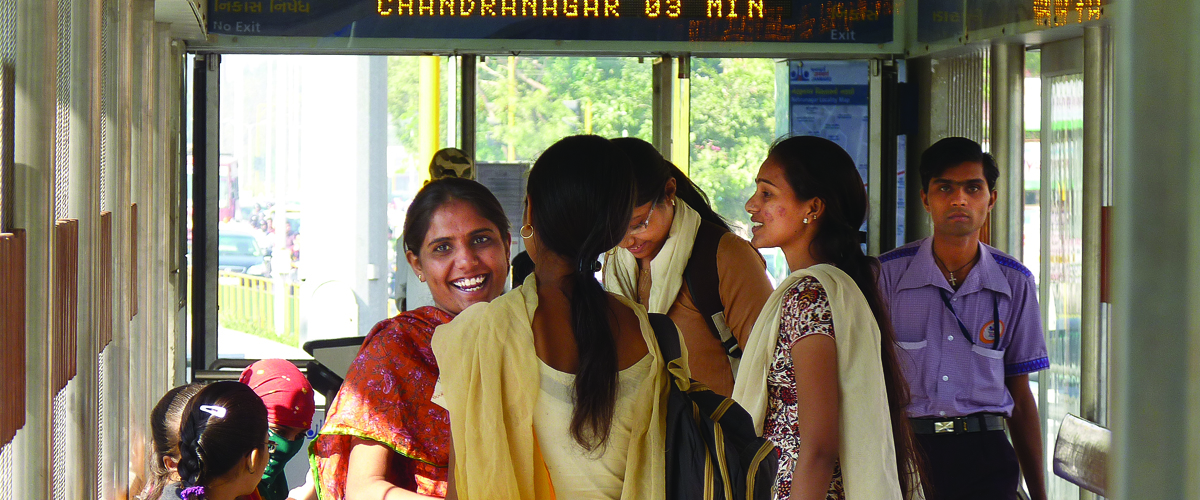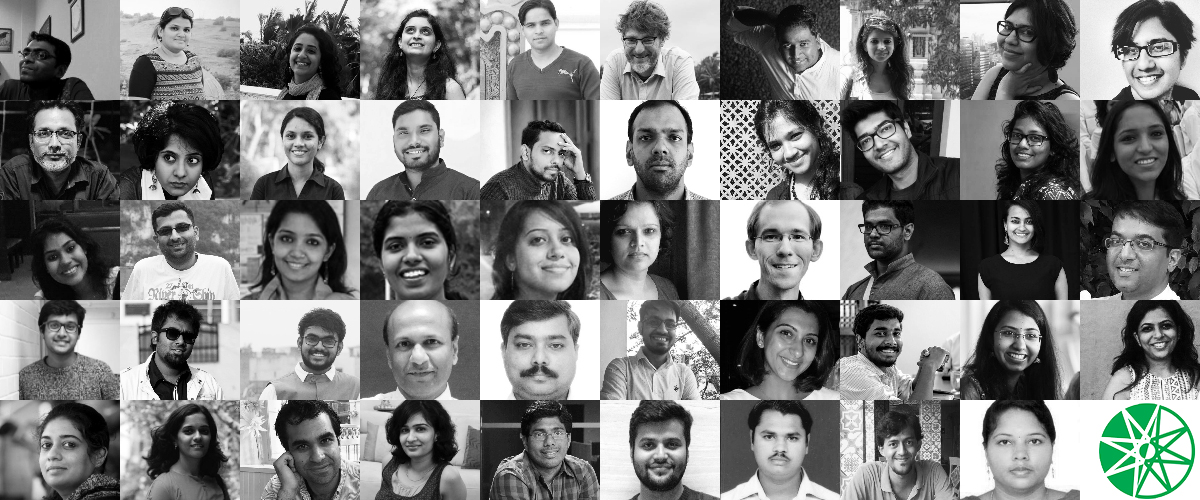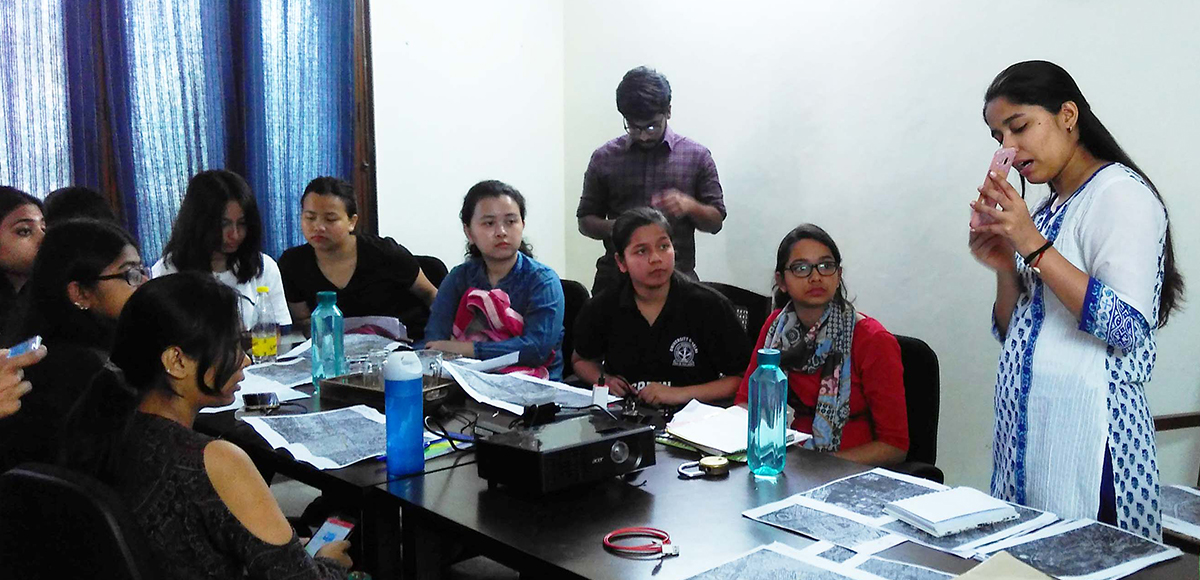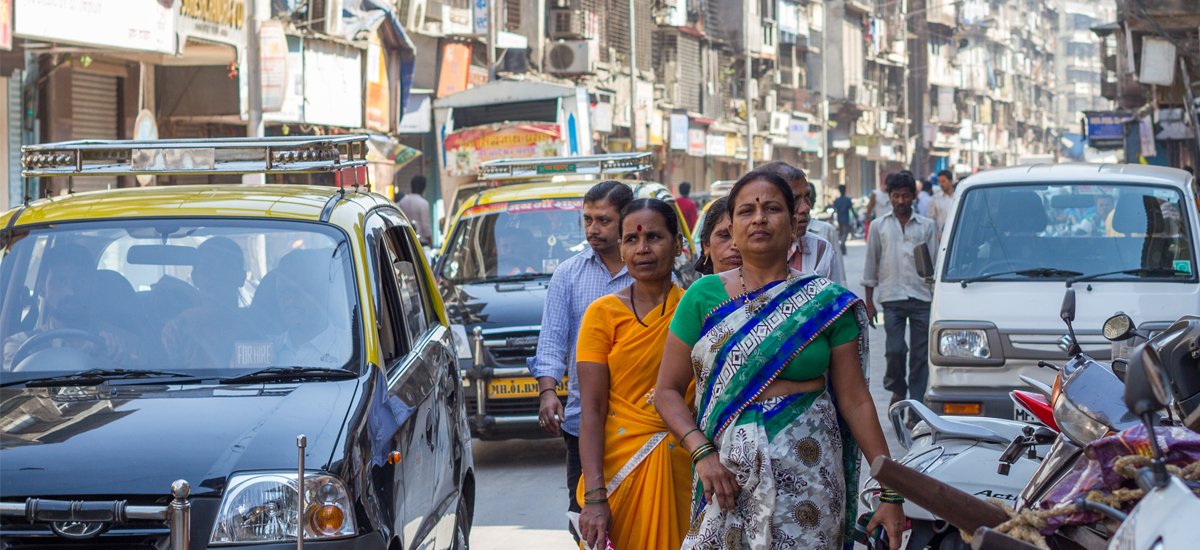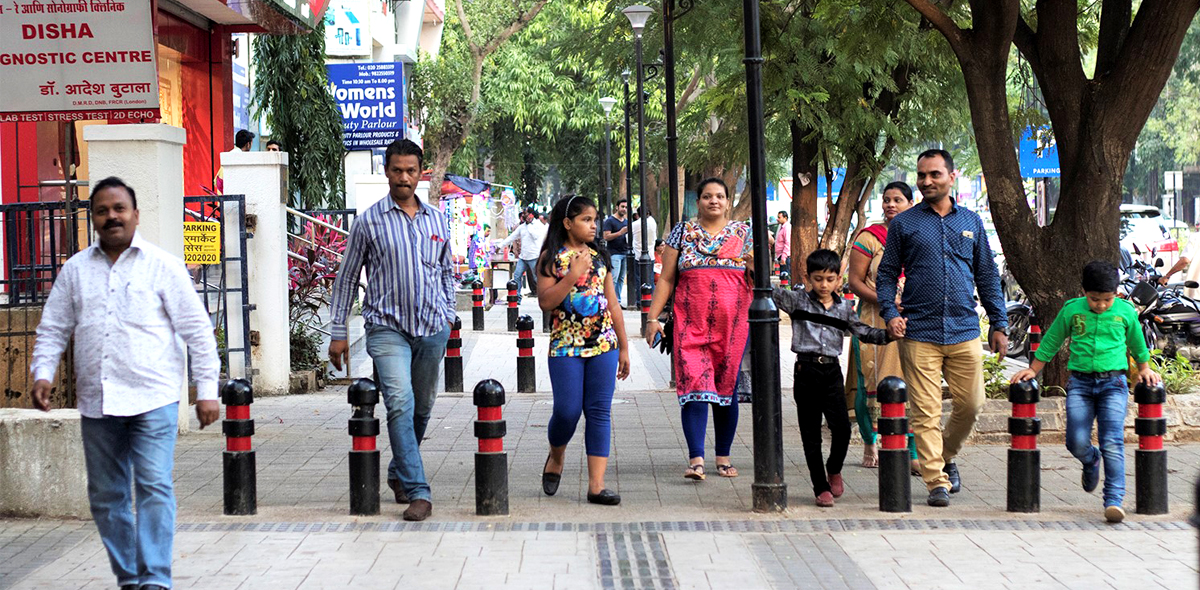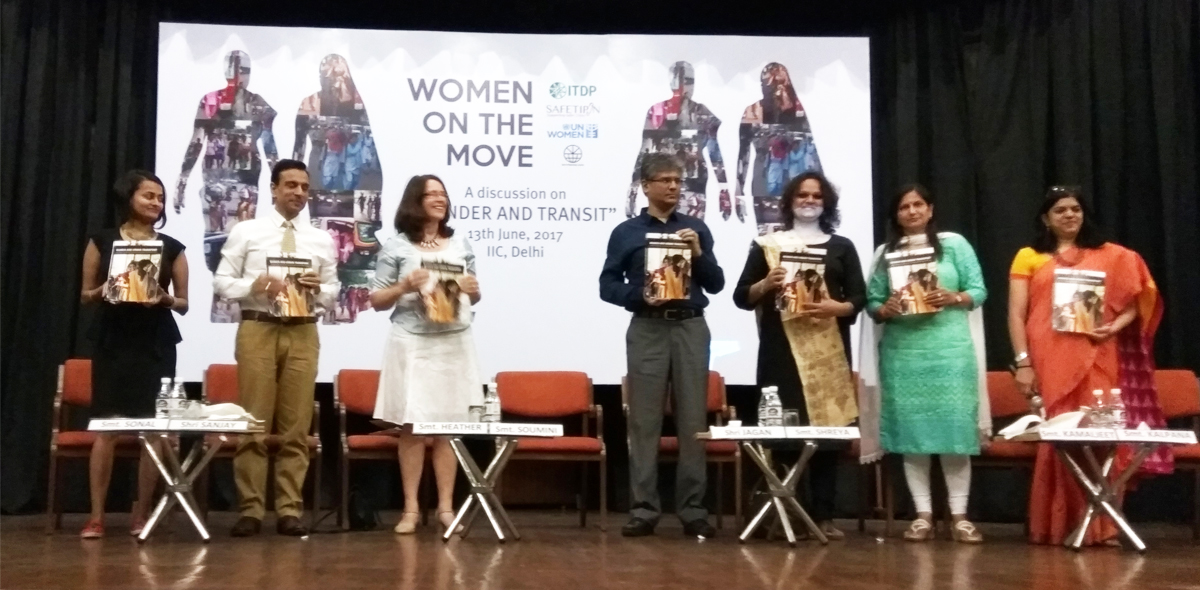Over the recent decades, the impact of our city’s population growth has lead to a whole slew of transportation issues that we as citizens experience daily. Car-centric approaches continue to fail, and the need for solutions that improve people’s freedom to move is the dire need of the hour. Cities across the globe were provided the opportunity to not only shape their future — but to design it for its people.
Our Cities Ourselves: The Future of Transportation in Urban Life, kicked off a world-wide tour to exhibit the vision of ten major global cities along with the world’s leading Architects. The exhibit focused on eliminating the 21st century car-dependant model of urban sprawl by replacing it with a more sustainable, equitable, and liveable urban future with walking, cycling, and public transit.

Organised by ITDP to commemorate its 25th anniversary in 2010, the exhibition addressed urban solutions for ten major global cities: Ahmedabad, Budapest, Buenos Aires, Dar es Salaam, Guangzhou, Jakarta, Johannesburg, Mexico City, New York City and Rio de Janeiro. The various approaches offered distinct takes that were shaped to fit the city’s different urban cultures.
In Ahmedabad, where the Indian edition of Our Cities Ourselves was launched, in partnership with Environmental Planning Collaborative and six leading Architects, initiated conversation about the city’s future over a four-month engagement. ITDP, along with its partners facilitated discussion on visioning Ahmedabad by organising an advisory committee of ten members from various local sectors.
The result – a vision that embraced the unique character of Ahmedabad and seeked a more equitable and environmentally sustainable future.

To bring this vision to life, the Architects—Kamal Mangaldas, Parul Zaveri & Nimish Patel, Rajeev Kathpalia, Bimal Patel, Aniket Bhagwat, and Apurva Amin—re-designed six sites across the city to transform them into streets and public spaces that were safe, comfortable, and accessible by all members of the society.

Central to the Our Cities Ourselves programme were the principles of transport in urban life: walk, cycle, connect, transit, mix, densify, compact and shift. These principles guided the design and the overall vision of the city. The designs were also prepared in consultation with a Citizens Council formed by a group of eminent Ahmedabad residents, to reflect what the people of the city desired.
Visioning of a city is incomplete without the views of its citizens. Awareness and engagement of citizens can mean the difference between a city that withers under the presence of growing traffic & pollution and one that approaches these challenges with a proactive, determined response.

In this regard, the Our Cities Ourselves exhibition was a grander affair that showcased life-sized renderings of the six re-designed sites to reflect the vision of urban Ahmedabad. Thousands flocked to CEPT University to not only witness, but also be part of this journey that would change the face of their city.

The month long exhibition included a series of activities to engage with local citizens, Architects and Planners, and civic bodies. The exhibition included a series of activities: day-long design charrette with local architects, workshops on envisioning ‘a better Ahmedabad’ with key stakeholders such as Ahmedabad Urban Development Authority, cycle-day for school student, a painting competition for school kids, and a movie night on street films.

The success of the exhibition was unparalleled, and resulted in two key wins for the city: the underlying principles and the vision of the city informed the revision of Ahmedabad’s Master Plan 2021, and it led way for citizen engagement for the much awaited Sabarmati Riverfront Project – the pride of the city.
Furthermore, the exhibit inspired decision-makers from many cities like Pune, Chennai, and Indore to initiate such thought-provoking discussions in their cities and kickstart various sustainable transport projects. With the widely positive response, the programme drove home the Our Cities Ourselves motto: ‘Livable today, sustainable for the future.’
Cities like Ahmedabad have started off well to meet the challenges of sustainability because “we simply can’t sustain the sort of automobile-dominated transportation systems that we have today”, Walter Hook, former Chief Executive Officer of ITDP. The successful city of the 21st century is one that is replete with travel choices, including walking, cycling, and public transit. These cities will leap ahead of others by attracting people who demand a healthy and culturally rich lifestyle.





